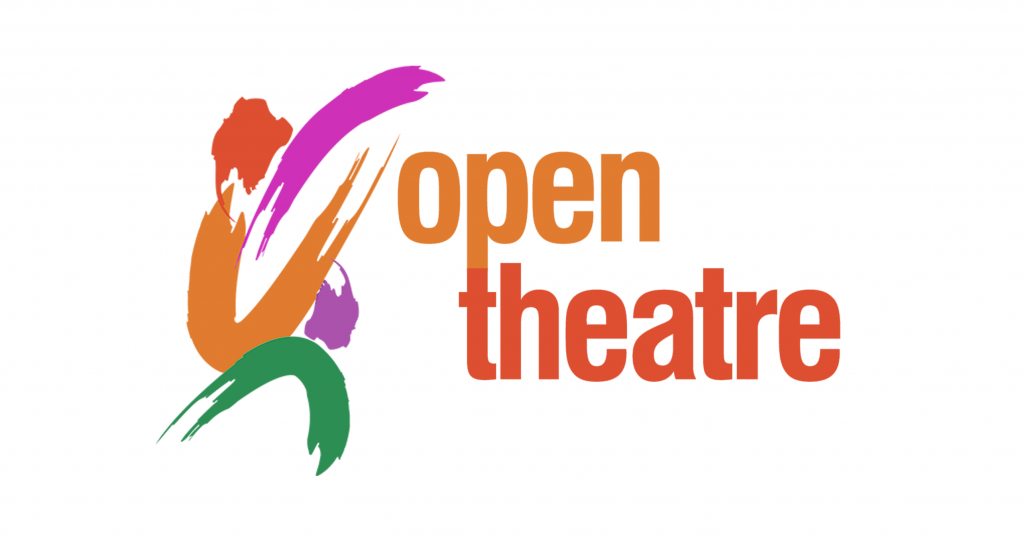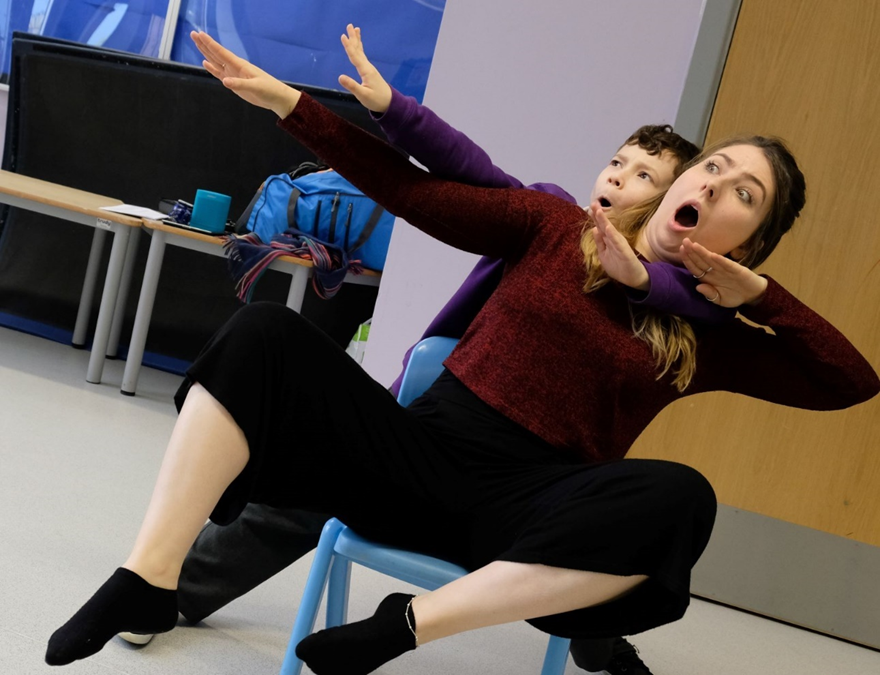
The Sidney De Haan Research Centre for Arts and Health (SDHRC) has partnered with Open Theatre Company (OTC) to research and evaluate Teaching Differently: Developing Creative Agency in the Special School Classroom, a three-year project, funded by the Paul Hamlyn Foundation. The project aims to see arts-based learning embedded in special school’s curricula and practice long term. OTC has been running non-verbal physical theatre sessions in special schools for over 20 years, developing practice through working with young people with learning disabilities (YPWLD), learning from, and responding to them, with the development of agency at its centre.
OTC are keen to make a strategic shift from its work being seen as ‘enrichment’, to it being ‘fundamental’ to the education of YPWLD, supporting them in four key areas: creativity, agency, capability, and connection. Its Teaching Differently project focuses on developing an embedded teacher training project, equipping teachers to utilise the responsive, explorative nature of Open Theatre’s practice across their entire school provision.
Nina Worthington, Principal Research Fellow at the SDHRC, is researching and evaluating this project alongside Charlotte Grainger, Research Assistant. Supported by Holly Bateman, lead practitioner for Teaching Differently, the SDHRC is working with OTC staff, teachers, and young people across two special schools for the duration of the project. Our mixed methods approach is enabling unique data to be collected via questionnaires, interpretative phenomenological analysis interviews, and observations of OTC’s practice. The research aims to support OTC in developing its training programmes and understanding its practice, principles, and the role of its practitioners for YPWLD, to develop effective teacher training, disability understandings, and future possibilities for theatre practice and education.

 Sidney De Haan Research Centre for Arts and Health
Sidney De Haan Research Centre for Arts and Health Charlotte Grainger
Charlotte Grainger
 600
600

